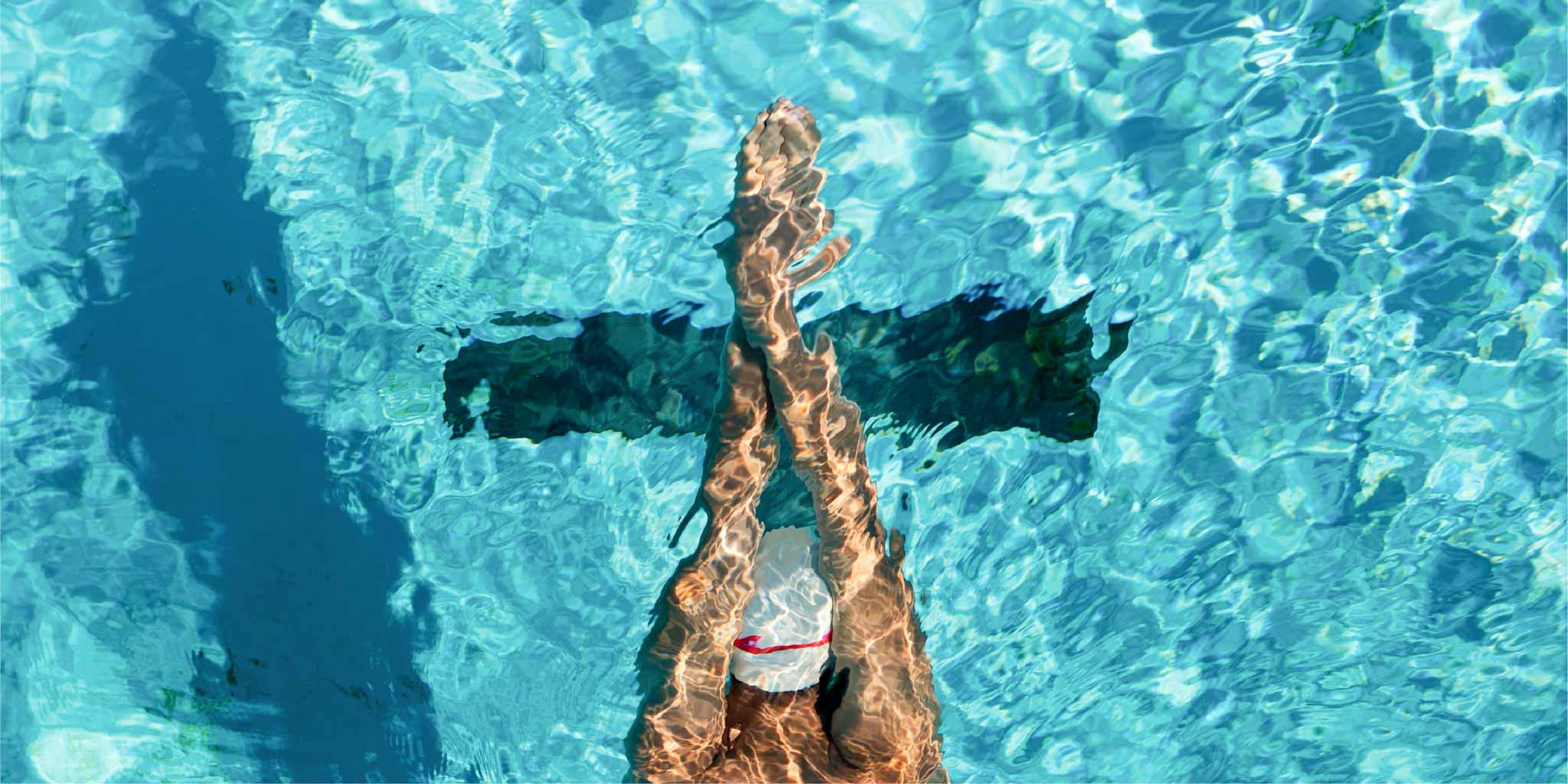Importance of Reducing Resistance.

You must first understand resistance to learn how to lessen it. Understanding the three types of resistance will help you choose which correction to make to your stroke first. Swimming encounters three types of resistance: frictional, form, and wave.
When the swimmer’s skin, suit, hat, goggles, and body hair come into contact with the water, frictional resistance is created. Swimsuits are made to fit snugly and hold the least amount of water possible to help lessen the impacts of frictional resistance. Competitive swimmers have shaved their bodies for decades and wear streamlined goggles, swim caps made of silicone or latex, and swim caps to lessen frictional resistance. Swimmers’ frictional resistance doubles as their speed does.
Form resistance is produced by the shape a body takes in the water. It should come as no surprise that a swimmer will be better able to maintain a bargelike shape with a long, streamlined, arrowlike body shape. Think in three dimensions, or about what is happening above, below, and to both sides of the body, when assessing a swimmer’s body shape in the water. Swimmers’ form resistance multiplies by four as their speed doubles.
Wave resistance is created by a swimmer moving across the water. This form of resistance is apparent when swimmers make waves with their vertical or lateral movements, which greatly squander energy. The amount of wave resistance increases eight times when swimmers double their speed.
The body is aligned and streamlined in the freestyle thanks to the forward extension of the arm and shoulder. Recovering the arm and shoulder is crucial for lowering form and wave resistance. Based on the speed-to-resistance ratios described before. Before minimizing form resistance, swimmers should reduce wave resistance in the water. With increased flexibility, form resistance can be decreased.
Several factors influence the ability of swimmers to maintain perfect form and body alignment. Poor flexibility or injuries limit a lot of adult swimmers. Focus on streamlining your position such that it serves you best.
During the warm-up and cool-down phases of your swim exercises, reviewing the concepts of relaxing, breathing, balancing, and streamlining is a good idea. All levels of swimmers should spend time honing these skills to improve their water sense.
Good water sense improves your relationship with the water and helps you make more fluid strokes.


